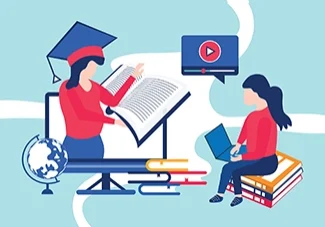The Complexities of Service Learning
Conrad Hughes, Education Advisory Board Member
Updated: March 12, 2024
Published: September 29, 2022

Service Learning is an integral part of many curriculum frameworks worldwide. The idea behind it is to habituate students to view themselves as responsible citizens who can make a difference in other people’s lives. Projects often involve charity work, community service, outreach work, and other forms of social impact.
It’s important to remind students that they are part of a network of human beings on the planet and that their actions can be a source of joy and relief to others. Service learning allows children opportunities to reflect on their moral responsibilities to their fellow human beings.
However, service learning should not just be learning to serve, but serving to learn too. A badly designed service learning project will be superficial and can, paradoxically, lead to the sending out of confusing messages to young people, leading to the ossifying of a superiority complex.
Good service learning should not put young people in positions where they see themselves as saviours who have come to help people supposedly less fortunate than themselves. International School students from Europe, for example, might become involved in service projects in Africa and Asia targeting charities, orphanages, and refugee centres, and receive the message that they are lucky and privileged whereas the people they are interacting with are unfortunate and destitute. This does not create deep learning but stereotype reinforcement.
This becomes a type of neocolonial exercise premised on Afro and Asia Pessimism, leading unskilled children to absurd scenarios where they are cast in the roles of teachers, builders or urban planners, things they would never do in their home countries but are called upon to do elsewhere.
Educators should ensure that service learning projects are designed in such a way that any Messianic, patronising or self-congratulatory effect is replaced by humility, learning, and appreciation. Examples of good practice (depending on the quality of reflection involved) include exchange programs (where there is giving on either side), long-term engagements, and, most especially, projects where a needs analysis has been conducted with the intended recipients of the service in question before the project is carried out.
